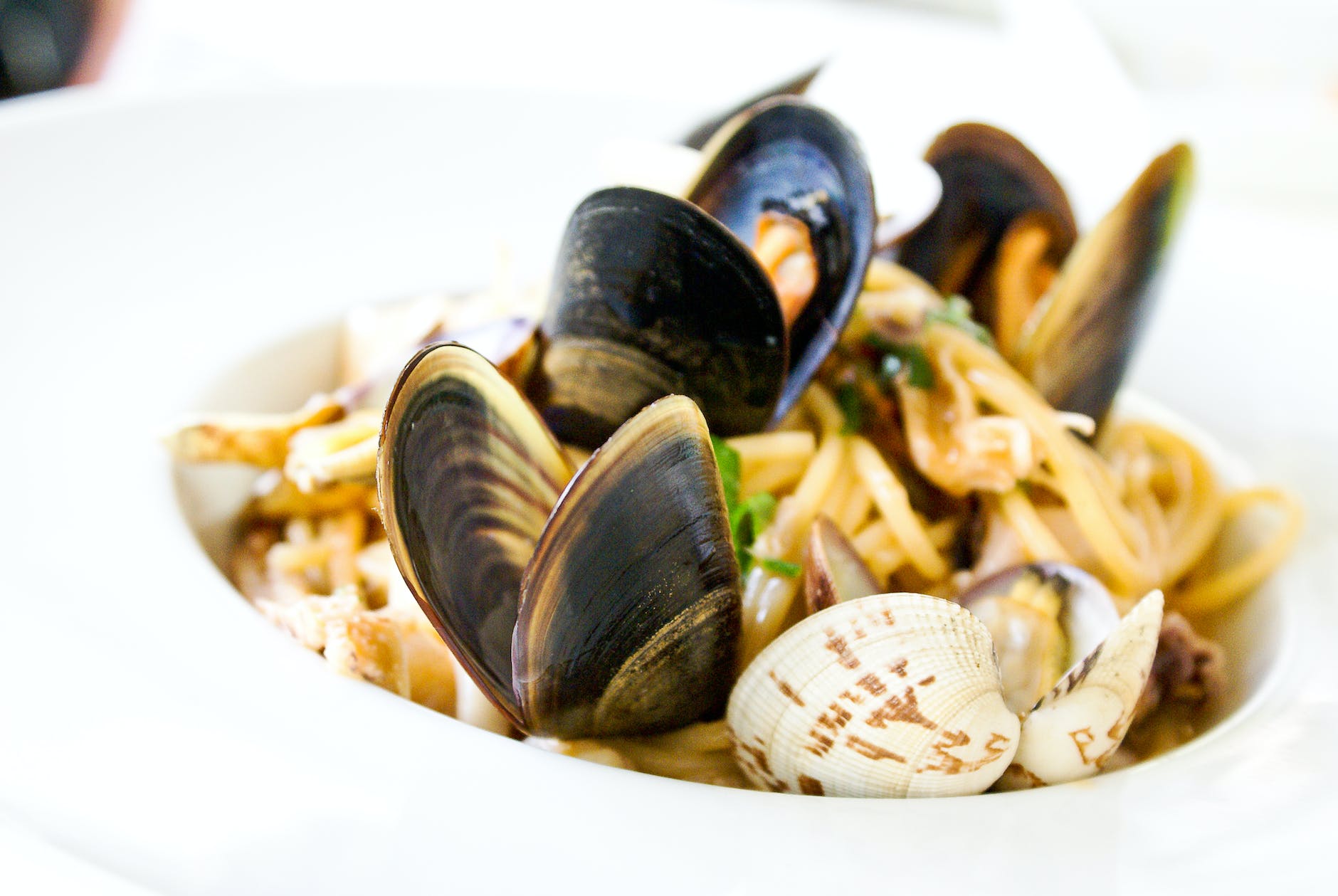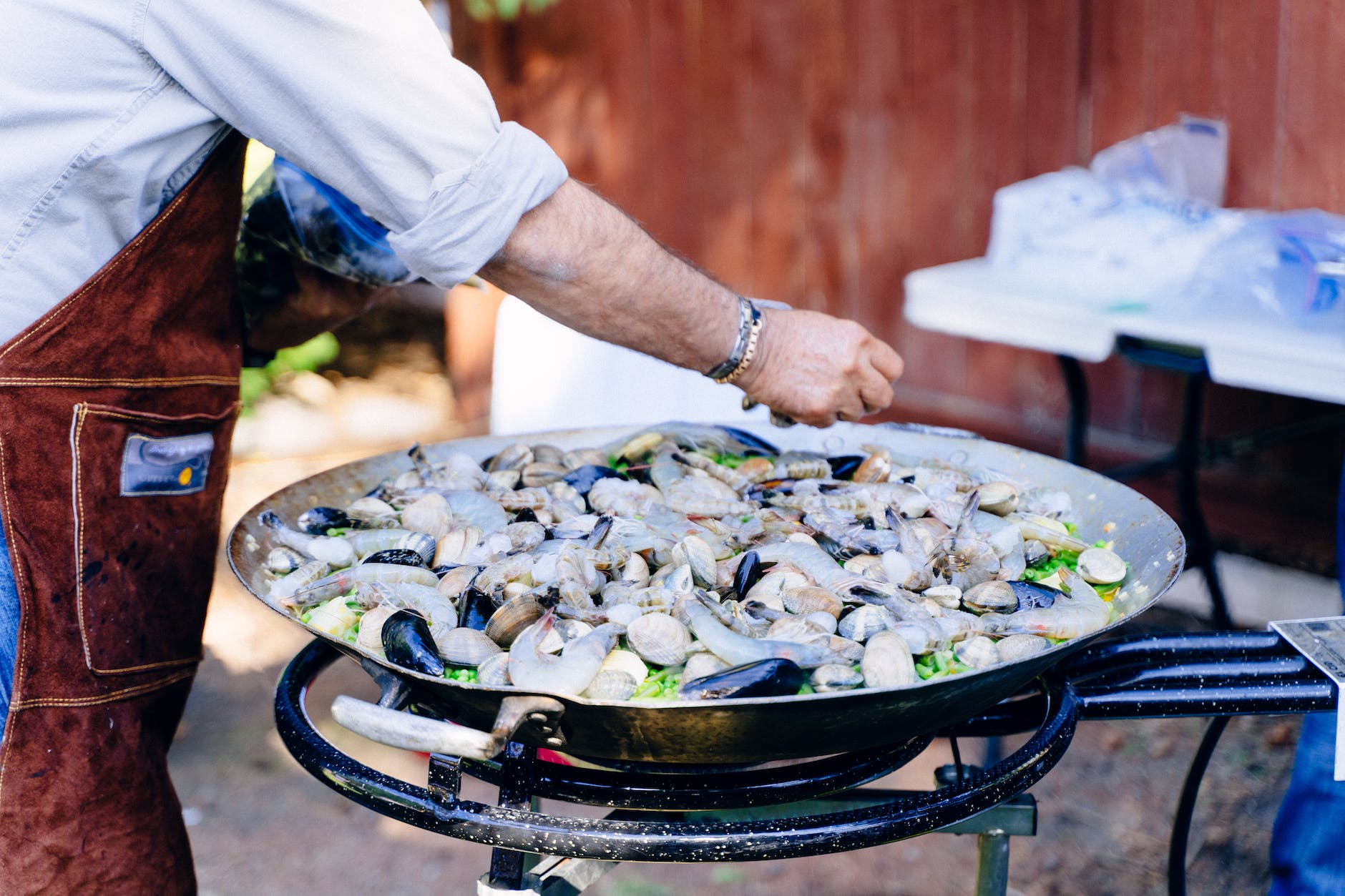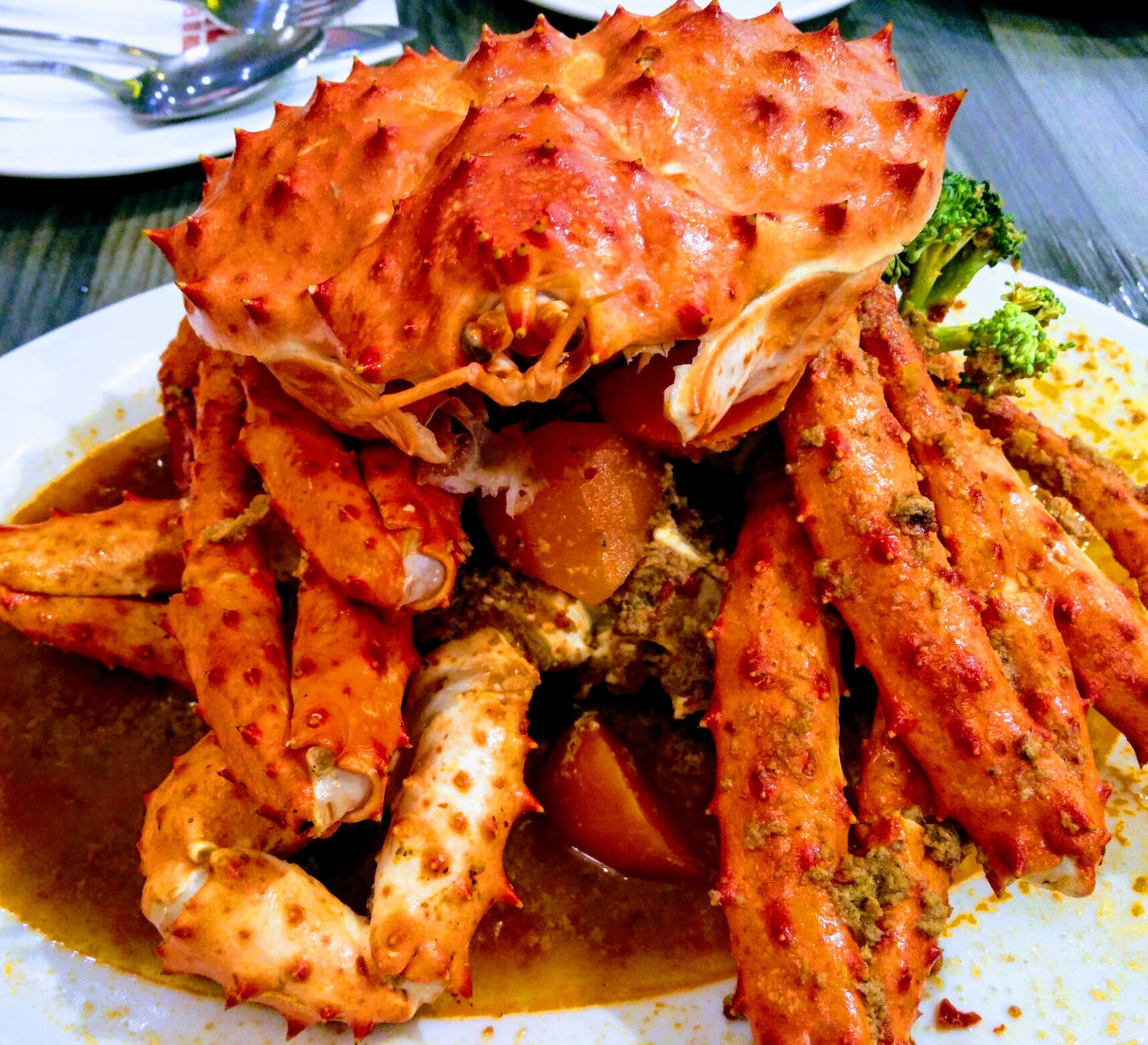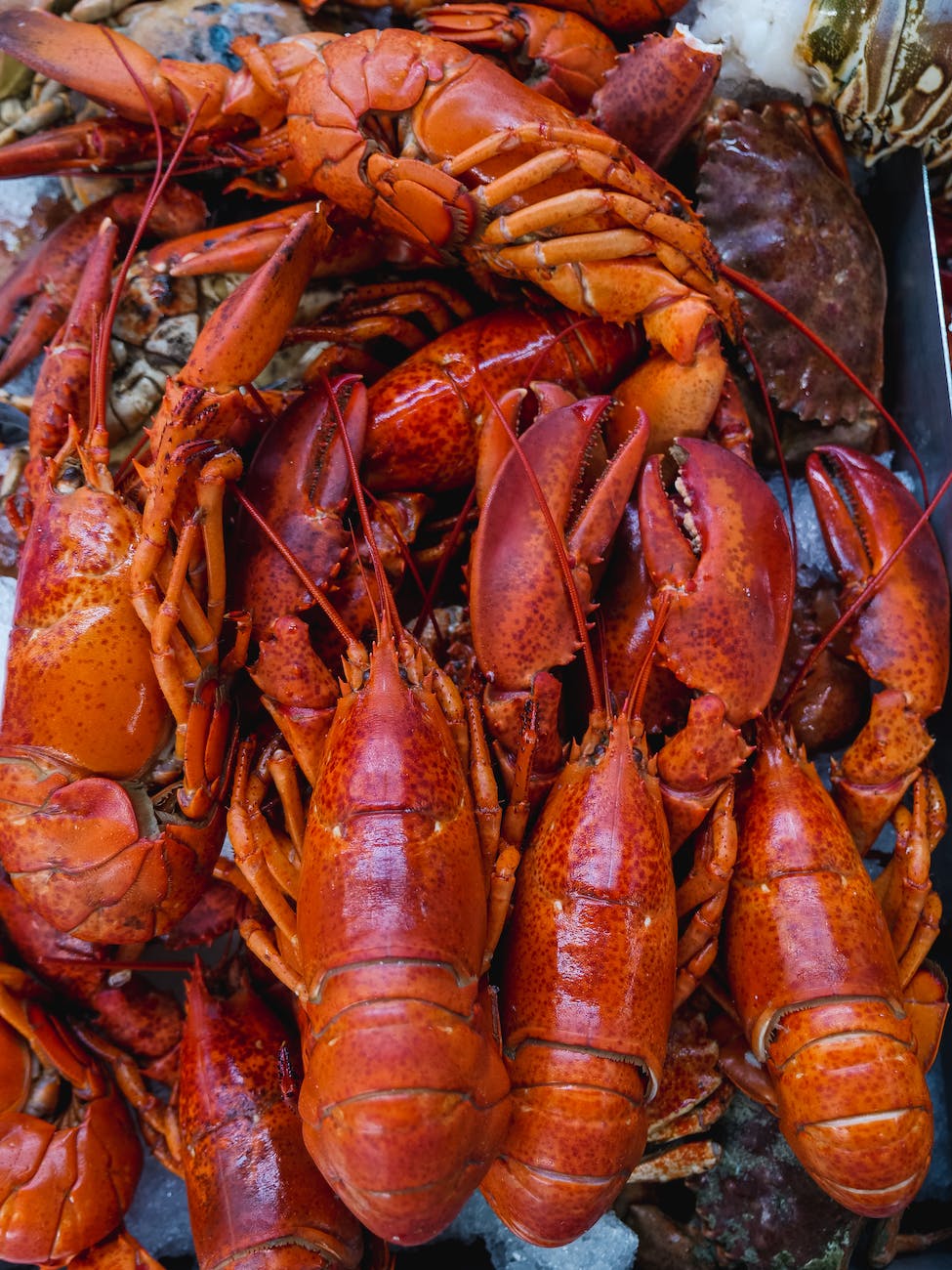
Clams, often celebrated in various coastal cuisines, are not just a treat for the taste buds but also a nutritional goldmine. Their briny flavor and tender meat make them a favorite in dishes ranging from soups to pastas. However, when pregnancy enters the picture, many women are left pondering about the safety of indulging in these bivalve mollusks. This article delves deep into the world of clams during pregnancy, offering insights on their benefits, potential concerns, and consumption guidelines.
The Nutritional Bounty of Clams
When we talk about seafood during pregnancy, clams often stand out due to their impressive nutritional profile:
- Protein Galore: Essential for fetal growth, clams offer a robust protein content, ensuring both the mother and baby get the required nourishment.
- Iron Reservoir: Anemia is a common concern during pregnancy. Clams, being rich in iron, can help combat this issue, ensuring optimal oxygen supply to the fetus.
- Vitamin Vault: Clams are a treasure trove of B-vitamins, especially B12, which plays a pivotal role in nerve function and red blood cell formation.
- Omega-3 Boost: While they might not rival salmon or tuna, clams do provide a commendable amount of omega-3 fatty acids, crucial for the baby’s brain and eye development.
Navigating the Concerns with Clams
While clams are nutritionally rich, there are certain concerns to be aware of:
- Bacterial Risks: Raw or undercooked clams can be a breeding ground for harmful bacteria. This is why dishes like clam chowder, where the clams are cooked thoroughly, are more recommended during pregnancy than raw preparations.
- Toxin Accumulation: Just like oysters, clams can accumulate toxins if they come from polluted waters. It’s paramount to source them from trusted suppliers.
- Allergic Reactions: Shellfish allergies are common. If you’ve had reactions to shellfish in the past, it’s best to steer clear of clams during pregnancy.
Safe Consumption of Clams: A Guideline
- Thorough Cooking: Much like shrimp and lobster, clams need to be cooked well. They should be cooked until their shells open up. Any clam that doesn’t open post-cooking should be discarded.
- Freshness Check: Fresh clams have a distinct oceanic scent. If they smell off or too fishy, they’re likely not fresh.
- Moderation is the Mantra: While clams are a nutritional boon, moderation is key. A serving or two a week should be ideal.
Incorporating Clams in Your Pregnancy Diet
- Clam Chowder: A heartwarming bowl of clam chowder, rich with vegetables and herbs, can be both comforting and nourishing during pregnancy.
- Pasta with Clams: Elevate your pasta game by adding some well-cooked clams, garlic, and white wine.
- Grilled Clams: For those summer barbecues, marinated and grilled clams can be a delightful addition.
Frequently Asked Questions (FAQs) about Clams and Pregnancy
Q: Are clams considered a high-mercury seafood?
A: No, clams are generally low in mercury, making them a safer seafood choice during pregnancy, similar to options like salmon and cod.
Q: Can I eat clam sushi rolls during pregnancy?
A: It’s best to avoid raw seafood preparations, including sushi, during pregnancy. Opt for fully cooked clam dishes to minimize the risk of bacterial contamination.
Q: How can I ensure the clams I purchase are from clean waters?
A: Always buy clams from reputable suppliers or stores. You can also inquire about the source of the clams to ensure they come from unpolluted waters.
Q: Are there any specific clam dishes that are particularly beneficial during pregnancy?
A: Dishes where clams are cooked thoroughly, like clam chowder or pasta with clams, are both delicious and safe for expectant mothers.
Q: Can I eat clams during my first trimester?
A: Yes, you can eat clams during your first trimester, provided they are cooked well. However, always consult with your healthcare provider regarding any dietary concerns.
Q: I’ve heard clams are a good source of iron. How can they benefit me during pregnancy?
A: Iron is essential during pregnancy to prevent anemia and ensure adequate oxygen supply to the fetus. Clams, being rich in iron, can help meet the increased iron requirements during pregnancy.
Q: Are there any other shellfish I should be cautious about during pregnancy?
A: While clams are generally safe when cooked properly, it’s essential to exercise caution with all shellfish, including oysters and shrimp, ensuring they are sourced responsibly and cooked well.
Seafood and Pregnancy: A Comprehensive Overview
Seafood is a nutritional powerhouse, offering a plethora of benefits, especially during pregnancy. However, it’s essential to make informed choices to ensure the safety of both the mother and the baby. Here’s a quick overview of various seafood options and their implications during pregnancy:
- Tuna: A popular fish, but concerns about mercury levels make it essential to choose the right type and consume in moderation. Read more.
- Oysters: These mollusks are rich in zinc but come with their set of concerns, especially when consumed raw. Dive deeper into the topic here.
- Shrimp: A low-mercury seafood option that’s safe when cooked properly. Discover more about shrimp and pregnancy.
- Lobster: Another shellfish that’s safe during pregnancy when sourced from clean waters and cooked well. Explore the intricacies of lobster and pregnancy.
- Salmon: A fatty fish known for its omega-3 content, salmon is a top choice during pregnancy. Unravel the benefits and safety guidelines here.
- Cod: A white fish that’s low in mercury and safe for expectant mothers. Learn more about cod during pregnancy.
- Clams: These bivalve mollusks are not just delicious but also nutritionally dense, making them a worthy addition to a pregnancy diet. Read the full guide on clams and pregnancy.
Making informed seafood choices during pregnancy ensures you reap the benefits while minimizing potential risks. Always consult with your healthcare provider and stay updated with trusted sources.
In conclusion, clams, when sourced responsibly and cooked properly, can be a safe and nutritious addition to a pregnancy diet. As with all seafood, it’s essential to stay informed, make judicious choices, and always prioritize the health and well-being of both the mother and the baby.
Related Reads:
- The Role of Seafood in Pregnancy
- Cod and Pregnancy: A Safe Choice?
- Salmon and Pregnancy: What You Need to Know
Blog Tags:
Clams and Pregnancy, Seafood Safety, Nutritional Benefits of Clams, Cooking Clams Safely, Pregnancy Diet Recommendations, Low-Mercury Seafood, Omega-3s in Clams, Sustainable Seafood Choices, Clam Dishes during Pregnancy, Seafood and Fetal Development.













